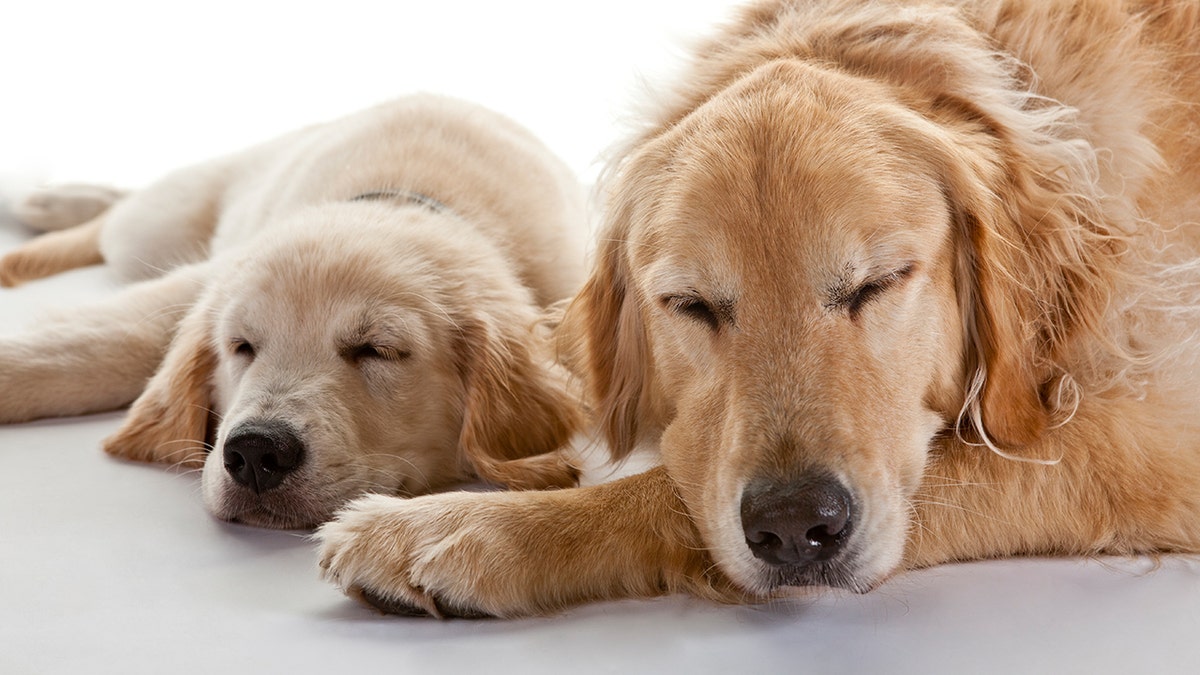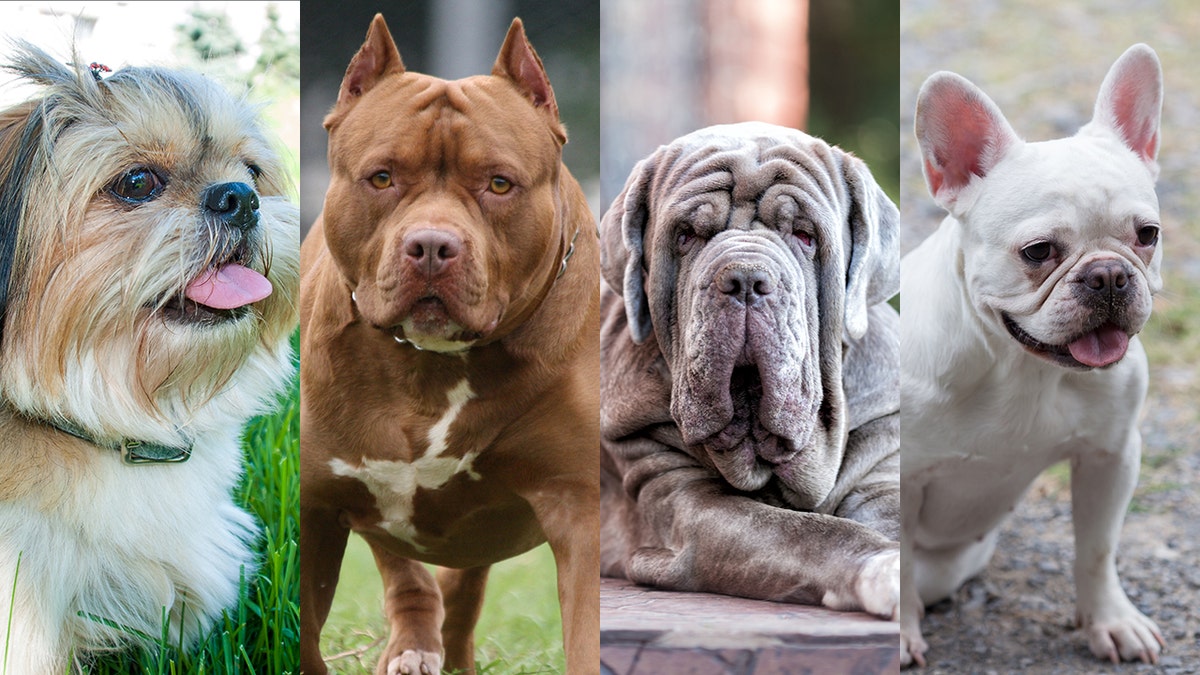
Animal advocates in China and the U.S are working to save as many canine lives ahead of China's annual dog meat festival. (iStock)
Scientists have discovered dogs use 19 signals dogs to try and communicate with their human pals.
Footage of 37 dogs filmed by their owners during day-to-day task showed them the pooches were often seemingly using similar movements to express what they wanted.
They eventually nailed down 19 gestures - including rolling over or jumping up and down - which appear to carry a message.
The scientists think the dogs were, on several occasions, asking for a door to be opened, expressing they wanted to be fed or hoping their owner would get a toy.
Although some desires, such as wanting food, were shown through many different gestures - basically dogs are keen to be fed at all times - others appeared quite distinctive.
The journal Animal Cognition published these findings, where scientists thought flicking a toy around in front of people means "I'm hungry".
Shuffling along the floor means "scratch me" and biting on a toy or their owner's arm means "play with me", they believe.

(Credit: iStock)
It was noted different dogs used different, but consistent to them, signals to ask for the same thing.
For example some dogs nosed their owner's leg or rolled on their back when they wanted to be scratched.
And sometimes the dogs were found to try different signals if their first go at telling their owner what they wanted wasn't successful.
But the most common gesture appeared to be a head turn - which is when a dog looks from a human to an object to show they are interested in it.
Unsurprisingly most of the time the head turn was employed, it was in reference to their food bowl.
Last year researchers found that dogs raise their eyebrows when they are looked at, a mechanism which makes their eyes appear bigger.
Experts at the University of Portsmouth found that dogs produced significantly more facial movements when being watched than not.
They increased the frequency of certain expressions as a way of communicating.
And it seems humans are able to also figure out what their four-legged friend is trying to say when they bark and growl - with women better placed to know if a dog is being playful or aggressive.
This story originally appeared in The Sun.
